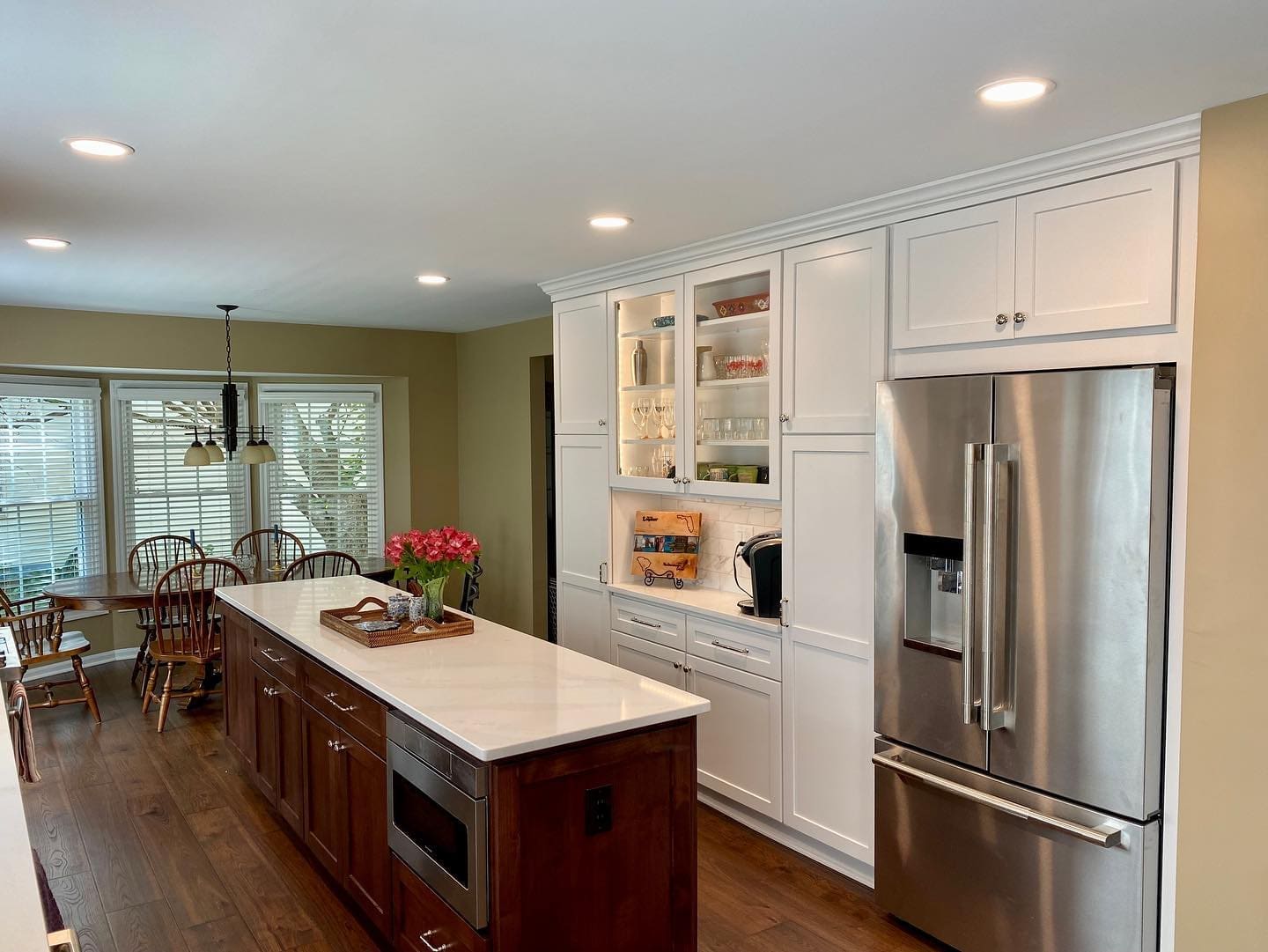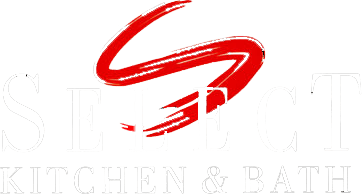 Every culinary aficionado has their particular preference and long-winded opinion as to the advantages and disadvantages of the heat source of their cooking appliance. These experts will possess equal arguments toward the functional benefit and shortcomings of a separate cooktop and oven appliance versus an all-in-one featured range. Although these individuals are petitioned for their valued input on such things, the ultimate decision rests upon the homeowner–how they perceive their need and how either appliance suits their lifestyle, needs and aesthetic requirement for their kitchen. Much of this decision may be based upon the homeowner’s personal experience, especially when it comes to determining the preferred heat source of these appliances. Such judgments will be predicated upon prejudices both, good and bad, as well as technological improvements of these heat sources that may allay the apprehensions toward one or the other. There is also the variable of one’s desire to forego the known and venture toward the unknown–which is often the case when given the chance to redesign and refurnish an entirely new kitchen space.
Every culinary aficionado has their particular preference and long-winded opinion as to the advantages and disadvantages of the heat source of their cooking appliance. These experts will possess equal arguments toward the functional benefit and shortcomings of a separate cooktop and oven appliance versus an all-in-one featured range. Although these individuals are petitioned for their valued input on such things, the ultimate decision rests upon the homeowner–how they perceive their need and how either appliance suits their lifestyle, needs and aesthetic requirement for their kitchen. Much of this decision may be based upon the homeowner’s personal experience, especially when it comes to determining the preferred heat source of these appliances. Such judgments will be predicated upon prejudices both, good and bad, as well as technological improvements of these heat sources that may allay the apprehensions toward one or the other. There is also the variable of one’s desire to forego the known and venture toward the unknown–which is often the case when given the chance to redesign and refurnish an entirely new kitchen space.
How the Water is Boiled
There is certainly a simplicity to the gas models that date back to earlier civilizations who cooked their food by open wood-burning flames: the heat source is clearly visible and, therefore, the cooking project may be moderated and modified by the exposure of the pan to the flame; or the size of the flame to the pan. There’s an immediate ‘trust’ of the heat source gained by the cook because of the visual verification of the size of the flame that’s produced by the gas. Rather than numbers on a dial, as with electric models, the cook will tend to regulate the volume of heat by visual inspection and interpretation; and this control is widely preferred by those in the business of cooking. The economics of this heat source is arguable that it is better, or worse, than that of electric burners. It is claimed that gas ‘flames’ are not necessarily specific to the task and heat (BTU’s) is therefore ‘lost’ in the burning process. This tends to be a marginally accepted discussion that could be best classified as a non-issue in measuring the efficiency of the varied appliances.
Electric cooktops and ranges possess three different methods to get heat to the pan: coil elements, radiant, and induction. The coil elements, of which most folks are familiar with, rely upon the heating of a visible metal coil which, in turn, heats the pan. This is an efficient and effective method of heat transfer. There are two dominant complaints with this type of cooking element: The elements stay hot long after the control is reduced or shut-off; and that the coil itself may not appear to be ‘on’ or hot when it actually is–presenting a bit of a safety concern. Radiant or smooth-top electric cooktops heat an element, which then heats a ceramic surface, which then heats the pan. The efficiency seems to be the objection with these types, as an extra surface must be heated in order to get the heat where you need it. However, the clean visual of these units and their ease of maintenance is more than adequate compensation for the few extra pennies per year these units may demand. Providing the same clean glass cooking surface as the radiant cooktops, electric induction models utilize an electromagnetic element to heat the pan directly. This is an extremely efficient method of heating as well as one of admirable control. Outside of the drawback of the initial expense of these models, the only complaint here is that your cookware has to be magnetic–stainless steel or cast iron–glass or ceramic cookware will not work with this cooking system!
Home on the Range… or Cooktop?
The real beauty of having a separate cooktop may be the aspect of initial modularity. Many new kitchen designs are incorporating a cooking surface on top of an island or work station. These separate cooktops may also be paired with an additional cooktop (above the oven) or be accompanied by a range as well. These cooktops tend to be designed with the culinary enthusiast in mind, offering little niceties like built-in warming surfaces and full-grate tops that permit sliding pots along the surface rather than having to pick things up and move them. Oftentimes the cooktop option is chosen because the cook may prefer an electric cooking surface but a gas-fired oven. In such cases, the preference can be met by inclusion of two separate appliances. The most prevalent and widely used cooking appliance remains the full-service range. Besides commanding less space in a kitchen, these units are convenient and efficient when it comes to cooking. There are also a host of new amenities and features that are incorporated into the new ranges that may make them a better overall value for the modern kitchen.













